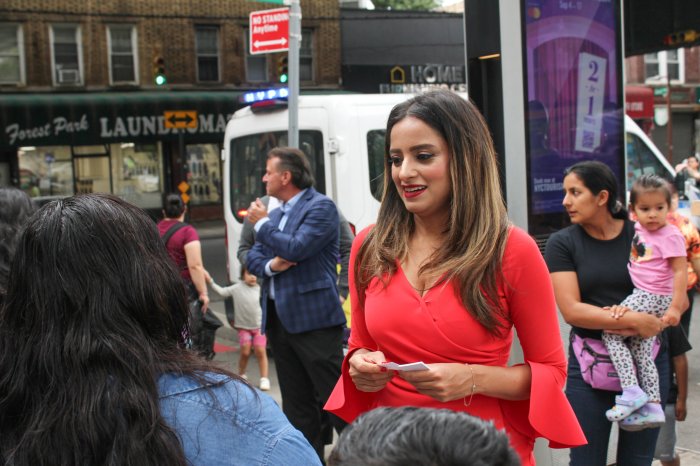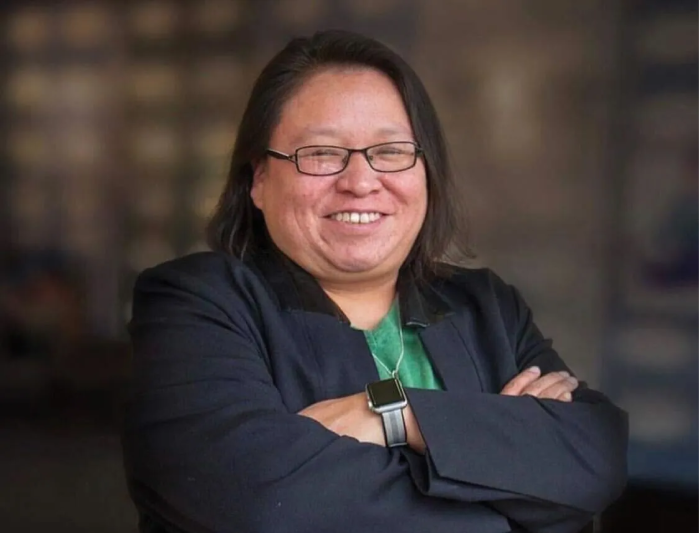Residents living on Glendale’s 69th Street, between Central and Myrtle Avenues, are upset that the city wants to turn P.S. 91’s schoolyard on their block into a public playground.
This intention is part of Mayor Michael Bloomberg’s far-reaching sustainability project known as PlaNYC, which, among other things, aims to make the city so verdant that any New Yorker can live within a 10-minute walk of a green space.
While residents acknowledge that this will be a boost for the community and the school itself, they complain that they already put up with local teens who hang out on the street or in the school’s yard at night, leaving behind trash and making noise. If P.S. 91’s yard is open to the public after school, on weekends, and during school breaks, the situation will deteriorate, residents argue.
“Allowing everybody and their grandmother to come will be a problem,” said Arlene LoMastro, who lives across the street from P.S. 91, located at 68-10 Central Avenue, and works there as a teaching assistant.
School aides often find used condoms in the schoolyard, LoMastro said. “I saw a bottle of vodka the other day under a tree [near the school],” she added.
“One night there was a gang across the street, they were smoking marijuana; I saw them rolling it. There’s gonna be more of that,” LoMastro warned.
Meanwhile, Susan Gyurisko, who lives across the street from LoMastro and right next to P.S. 91, voiced similar concerns.
“Having lived next door to the schoolyard for over 30 years, [we] are angrily accustomed to litter in [our] driveway, public urination and graffiti,” she said, explaining that allowing more people to come in seven days a week will make things worse.
“Glendale is well served by public parks, and therefore not a prime example of the program’s directive to place a park within 10 minutes’ walking distance of every New York City neighborhood,” Gyurisko explained. She pointed out that parks such as Joseph Mafera on 65th Place and Forest Park on Myrtle Avenue are nearby.
The principal of P.S. 91, Kenneth Lombardi, agreed that the residents’ concerns are valid. However, he added, “Those concerns have to be weighed along with the needs of the whole community and my almost 900 students.”
Currently, the schoolyard is a barren lot, so converting it into a public yard equipped with amenities will be of great benefit to the students, whose grades range from kindergarten to fifth, Lombardi explained.
“We are overall supportive of it,” he said, explaining that parents and other school members are also behind the plan.
The neighborhood residents’ worries about safety and litter can be addressed, according to Lombardi. He explained that he has already secured funds for additional cleanup of the property, which will be required once it’s open to the public. He added that he is now trying to raise money for extended supervision to prevent visitors from abusing the park’s resources by engaging in the type of disruptive activities described by the residents.
However, it is still uncertain whether the city will refurbish the space and open it to the public. Choosing underutilized lots and converting them is done on a case-by-case basis, and city officials are still looking into this case, taking into consideration all the parties’ concerns, according to the Mayor’s Office of Community Affairs.
P.S. 91’s yard is one of 290 schoolyards that Bloomberg pledged to convert to public playgrounds, a project for which $111 million have been committed, according to the Department of Parks and Recreation, which is a partner in the project.
Thus far, 73 schoolyards have been converted. Opening these spaces will make playgrounds available to approximately 360,000 city children by 2010, according to Parks Department data.


































